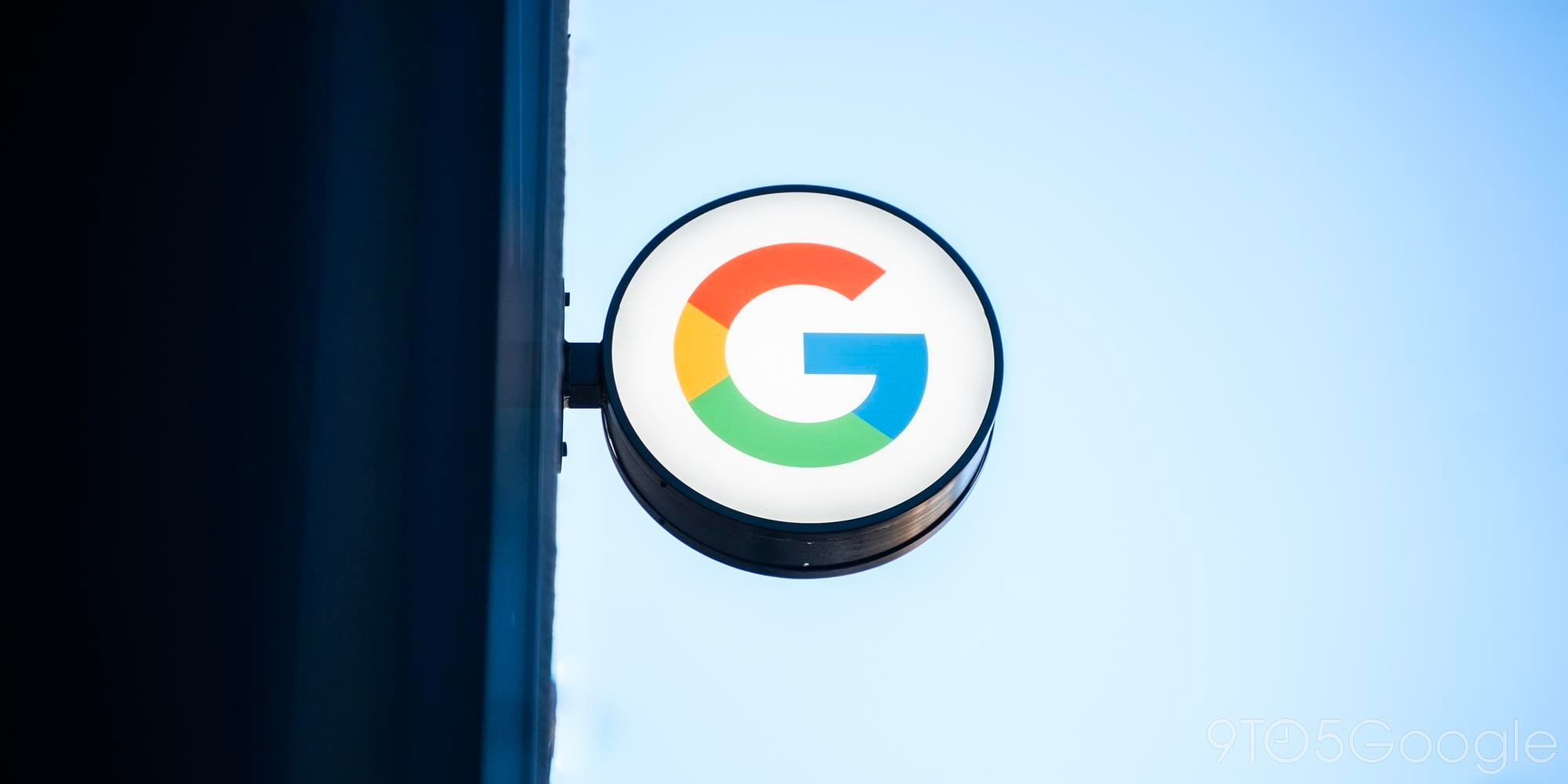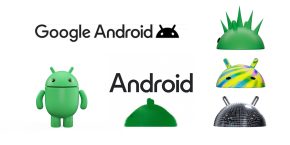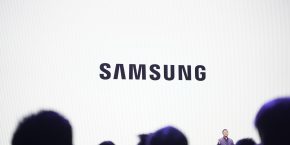
It is not often that a smartphone is capable of genuinely surprising me anymore. I don’t think it’s just me, either, but anyone working in tech. It may be due to the fact that cycles have become incredibly short, at times as quick as a six-month period, or perhaps it’s that it’s been a while since a device has brought any meaningful innovation. Each new iteration of a flagship feels shinier, more polished and powerful than its predecessor, but ultimately has very little time to make a dent in people’s minds (and hearts) because ‘the next big thing’ is already around the corner.
Perhaps there’s no escaping from this kind of extreme consumerism, particularly in the smartphone business, which revolves around one of the most important objects in literally everyone’s life. On this basis, I know that I don’t want to fool myself, but I nonetheless believe that credit needs to be given where it’s due. Yesterday was just a regular day for me, but while taking a walk in central London, close to Oxford Circus’ station, I briefly entered a carrier’s flagship store and was greeted by a flashy new pair of Galaxy S7s…
Upon arrival, I’ve got to admit, distinguishing them from the Galaxy S6 edge and S6 edge+ sitting right next was close to impossible, but a brief further inspection immediately made the difference clear, and while it may sound strange, it’s precisely that kind of subtle changes that, to my (perhaps slightly above-average) trained eyes makes all the difference. The S7s felt significantly more refined and better-rounded than the S6s, with the glass and metal blending smoothly and making the grip comfortable to hold, other than staggeringly light (despite the increased mass).
No wonder that DisplayMate crowned the two with the ‘Best Display’ award; despite sporting stupendous panels, even the S6 edge+’s screen paled in comparison with its newer brother, whose colors appeared brighter, richer and better calibrated; even more so when put next to my own Nexus 6P. The S7s also felt incredibly faster, and TouchWiz as light and non-intrusive as it’s ever been, almost feeling like a proper ‘skin’ rather than a completely reworked OS. I was actually rather surprised by certain little touches, like the nicely animated task switcher, which has a clear Material-inspired feel to it.

I was also impressed by the camera; not just blazing fast in every area (which is to open and to shoot), but also with impossibly accurate focus. I obviously couldn’t put it through its paces inside the store, but what I saw certainly did impress me. It got me thinking: when a phone is this beautiful, this fast, this powerful and this capable (I can’t emphasize enough how much I love its IP68 certification), aside from the usual battery life problems (which a 3600mAh unit paired with all of Samsung’s fast charging capabilities should probably mitigate), is there room for much to ask for?
I asked myself this very question in a post last week, and while I still think that the answer is yes, I may want to rearticulate and update my full thoughts. We know that a lot of Android phones tend to have a bad habit of working great out of the box and then age poorly, especially those that receive few and far-between updates – Galaxys not being an exception. I also know that naturally I can’t base my judgement on such a brief experience, and that real-life and prolonged use may vary massively. Most of all, the argument for a substantial lack of meaningful innovation remains, being the S7 a manifest refinement of last year’s work rather than a reinvention – LG would probably have a better run for its money on that.
However, as I said in the beginning, to come out of a store with an intrinsic sense of desire is not something that happens every day, and I’ve got to give that to Samsung; for once, with the S7, I’m fine with the honing approach. Were the Galaxy S7s to fulfill all of their promises even over time – as in keeping battery life great and performance consistent – I would be more than glad to spend the extra cash for their stunning design, which to me, particularly on the edge, is currently second to none, iPhone included.
And given that I’m certainly not the average customer (not even among tech enthusiast everyone expects flagships to come out with revolutionary-ish features), I believe Samsung may have hit it out of the park. Their work and dedication certainly deserves some praise, and while things the lack of USB-C still bother me to no end, this may be as close as we can get to a ‘perfect’ device right now. We’ll be getting some extended hands-on time with the device over the next couple weeks, so keep an eye out for our full review.
For now, kudos, Samsung.
FTC: We use income earning auto affiliate links. More.



Comments